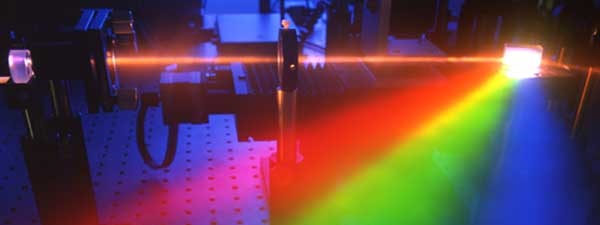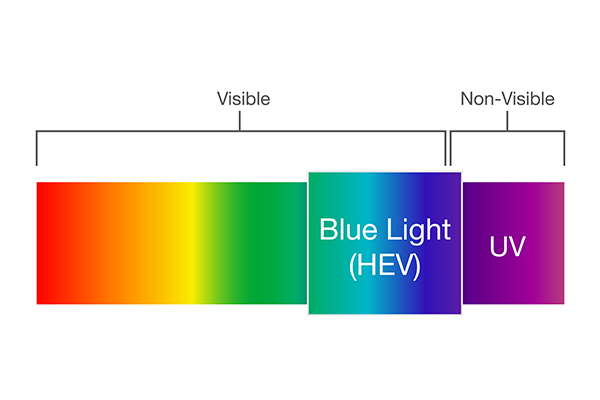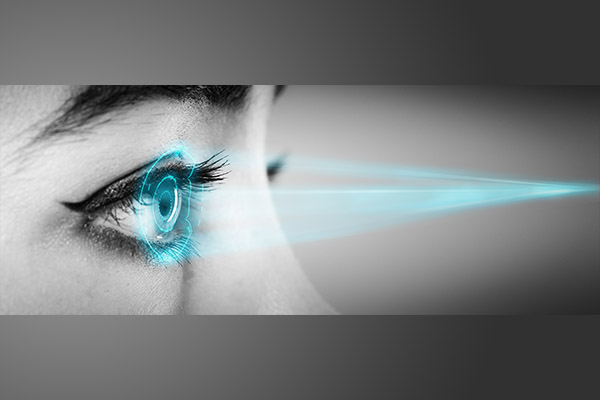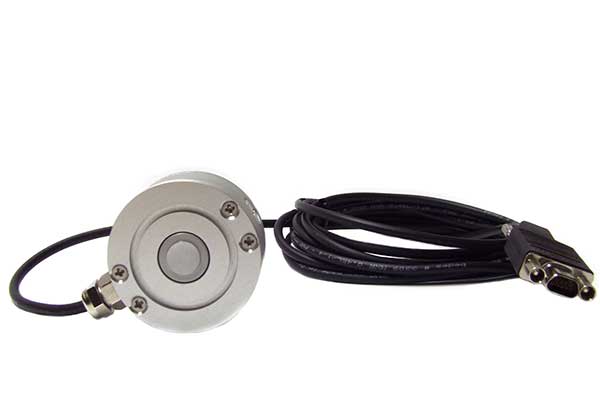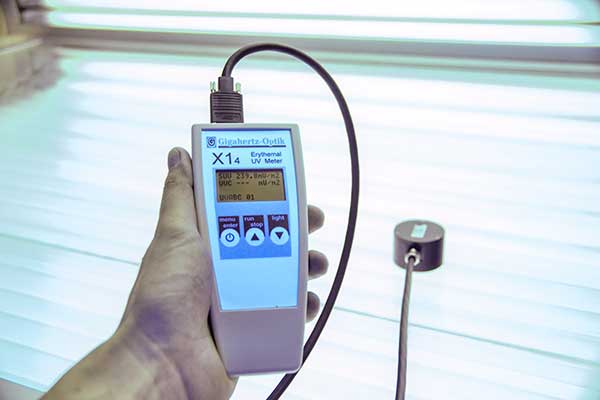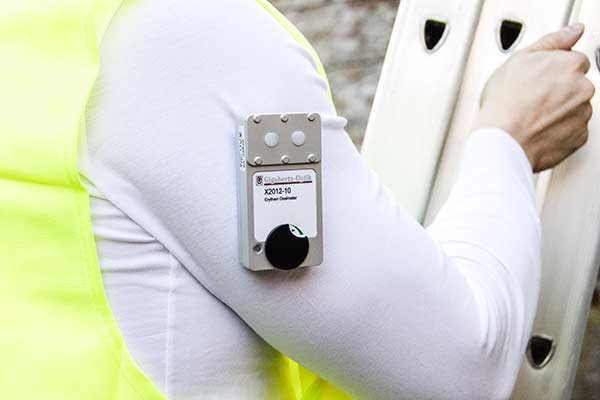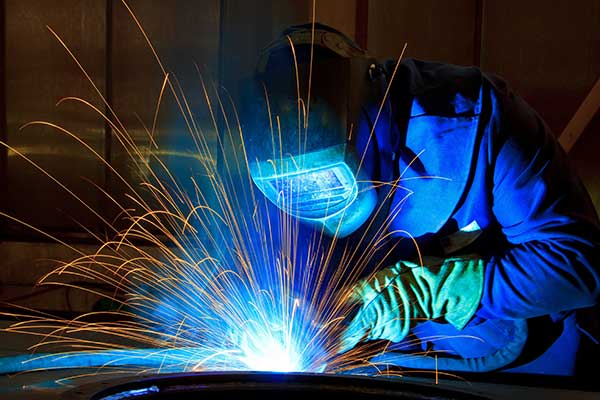Light Hazard Measurements
Optical radiation doesn't have to be dangerous
Optical radiation, especially in the ultraviolet region (UV), is potentially hazardous to skin and eyes. Gigahertz Optik GmbH produces optical radiation measurement devices to determine the UV radiation (skin and eye), blue light (eye) and infrared (skin) light hazards in accordance with international standards. Some typical application examples of Gigahertz Optik GmbH products are listed in this chapter.
Further relevant applications can be found here:
Eye safety laser measurements according to IEC/EN 60825-1 and 2006/25/EC
Detectors with a 7 mm measurement aperture are necessary for measuring eye safety in laser protection.
We offer this configuration for various integrating sphere detectors such as the ISD-1.6-SP-V01 but also for laser power sensors such as the LP-9901. With these, precise verification of eye safety according to IEC/EN 60825-1 and 2006/25/EC is possible.
Our traceable calibrations are also an important aspect for this application.
Measurement of Non-Laser Optical Radiation Safety at Work
The European Directive 2006/25/EC lays down minimum requirements for the protection of the health and safety of workers from the risks related to artificial optical radiation. It is implemented in law by all member states and covers exposure of skin and eyes to ultraviolet, visible and infrared (to 3000nm) radiation, both from coherent (laser) and non-coherent (non-laser) light sources. The exposure limit values in the directive are based on the work of the International Commission on Non-Ionizing Radiation Protection (ICNIRP).
The methodology for determining exposure levels to laser radiation follows the well-established IEC 60825 standard whereas for non-laser radiation the CIE/CEN standards in the form of EN 62471:2008 is applicable.
Hazards relating to skin and the front surface of the eye require the measurement of irradiance whereas hazards to the eye itself require the measurement of radiance. EN 62471:2008 considers the following six hazards with respect to exposure over a period of up to eight hours:
Assessment of Blue Light Hazard from Artificial Light Sources
The potential effects of the blue light content within display devices and lighting has been a subject of particular interest and concern, particularly since the widespread introduction of solid-state lighting. ‘Blue light hazard’ refers to a specific photobiological hazard concerned with the possibility of photochemical-induced damage to the retina within the eye (photoretinitis). It is not concerned with the possible disruption to circadian rhythms, for example (see Human Centric Lighting application).
Only radiation that passes through the cornea of the eye and is imaged on the retina is relevant for blue light hazard assessment. Understanding the appropriate standards and the necessary measurement techniques can appear somewhat daunting at first.
Measurement of Actinic and Safety-Related Irradiance of UV-C Air Disinfection
Shortwave UV-C radiation is highly bactericidal because it is absorbed by the DNA of microorganisms which destroys its structure. Referred to as ultraviolet germicidal irradiation (UVGI), UV-C wavelengths around 260nm - 270nm are most effective in combating airborne bacteria, viruses and other microorganisms such as mildews and yeasts. Disinfecting the air can prevent the transmission of a variety of airborne infections such as tuberculosis and pandemic influenza. It can also prevent contamination of raw materials and food. Therefore, UV-C air disinfection systems are being increasingly used within healthcare environments, public places, industry, and research facilities.
Manufacturers need to optimise the efficacy of the UV germicidal action of air purification systems whilst ensuring no hazard is presented to occupants.
Erythema-Effective Irradiance Measurement of Sun Tanning Studios
Concerns over the safety of both commercial and home use sun tanning lamps led to the EU’s Scientific Committee on Consumer Products (SCCP) recommending a limit of 0.3W/m2 erythema effective irradiance for all cosmetic use sun tanning lamps. This level is implemented within legally binding European regulations for both manufacturers and operators. Erythema is the reddening of the skin which is an inflammatory response caused by, for example, the actinic effect of exposure to UV radiation. Erythemal effective irradiance (CIE S 007-1998) is measured over the wavelength range 250 nm to 400 nm.
Personal Dosimetry of UV Erythema Effective Radiation Exposure
The assessment of erythema-effective radiation exposure is usually based on data recorded by stationary measuring devices, but this does not replicate the actual exposure experienced in most real situations. The measurement of UV irradiation experienced by outdoor workers, for example, requires personal dosimeters. Outdoor sports players may also be subjected to relatively high doses of UV.
Measurement and Evaluation of UV Radiation During Arc Welding
The use of personal protection equipment (PPE) is essential during welding processes due to the high levels of UV radiation produced. Evaluating the hazard associated with UV exposure during welding processes, requires the spectral irradiance to be measured and weighted in terms of biological effectiveness. The measurement of the dynamic optical processes within welding arcs requires specialist equipment as well as expertise in its use and evaluation of the measurement results.
